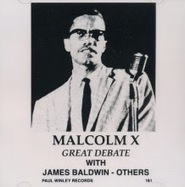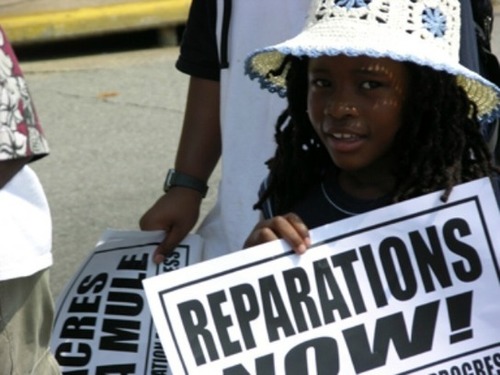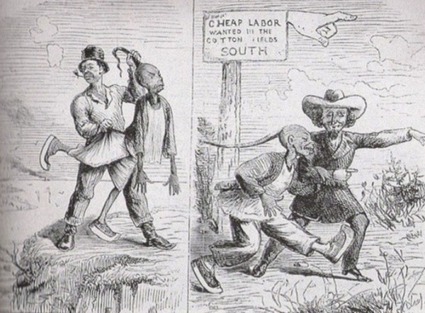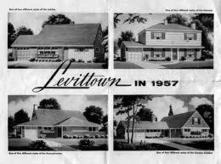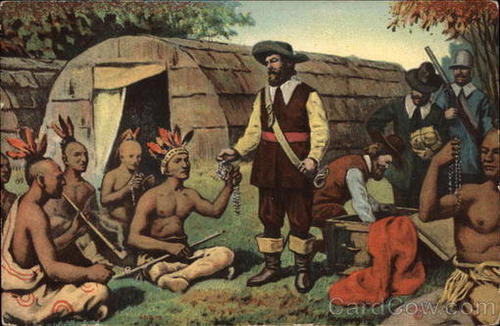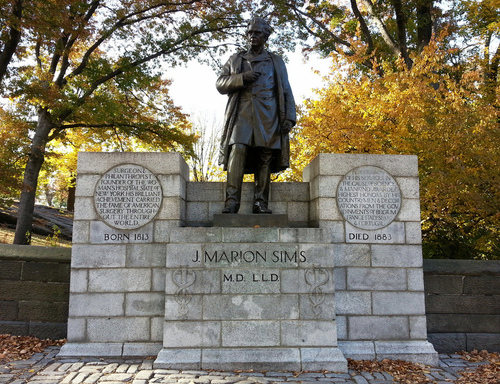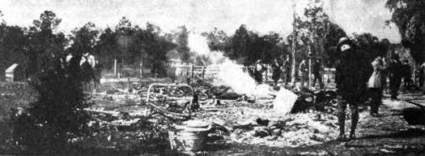Do history books written by white folks tell the truth about Native Americans? We think not. Here are just some of the lies they tell.
History
U.S. History from a Reparations Perspective
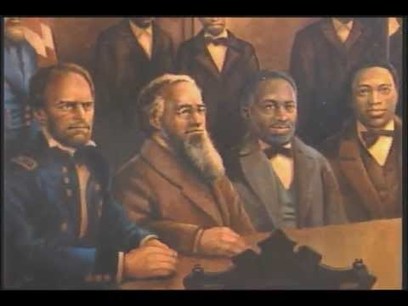
This is a MUST SEE internationally award winning film that depicts and explores facts of history that are not whole known or taught in any educational system. It is an eye-open look at the concept that makes the case for why reparations should be open for discussion and the necessity for it to be addressed. -John Wills
AWESOME DOCUMENTARY!
Source: thoughtprovokingperspectives.wordpress.com
He Didn’t Reveal A Truth About Himself Until He Was Almost 70. Then His Career Really Took Off.
At 5, he was imprisoned. At 28, he was a famous spaceman. At 68, he did something much, much better.
Source: www.upworthy.com
Malcolm X and James Baldwin debate on integration and Black rights
Click through for a great debate between Malcolm X and James Baldwin.
HT Harsha Walia
Today in 2014 there is STILL massive segregation in the U.S. and there is STILL systemic racism and oppression. Any who are unsure about this can check Michele Alexander’s research on The New Jim Crow.
Did You Know: US Gov’t Paid Reparations…To Slave Owners
Originally posted on News One:
Since writer and cultural critic Ta-Nehisi Coates made his compelling “Case For Reparations” in The Atlantic, it has been a hot-button topic and the questions have come fast and furious.
What is reparations? What should it look like? How has slavery and subsequent systems of oppression had a continuing impact on Black Americans?
Will the United States ever pay reparations for its role in what amounts to domestic terrorism against African Americans?
The truth is: The government has already paid reparations — to slave owners.
Settlement of Asians in the Deep South (1763 – 1882)
See on Scoop.it – Community Village World History
Governor Powell Clayton of Arkansas observed:
Undoubtedly the underlying motive for this effort to bring in Chinese laborers was to punish the negro for having abandoned the control of his old master, and to regulate the conditions of employment and the scale of wages to be paid him.”
U.S. business leaders always want the lowest cost labor.
When U.S. unions demanded a living wage with reasonable benefits, instead of complying, businesses moved their manufacturing out of the U.S.
Money and manufacturing easily cross borders. However, (im)migration laws make it difficult for people to cross borders.
See on abagond.wordpress.com
Race Basics: The Trouble With White People
The whole article is worth reading, but if you don’t have time, here are some highlights:
“In this struggle we can’t give up on white people. I know this will disappoint some more militant (or maybe just sick and tired) readers, but unless we can move more whites onto our side, we will never end racism.
…
But, whites’ relative proximity to power doesn’t make them evil, just more influential.
…
The white middle class in the U.S. rose from the rubble of the Great Depression as a result of an economic stimulus package of programs and policies that was won by the Roosevelt administration. But winning that package of programs required cutting a deal with racially conservative Southern legislators that made Roosevelt’s stimulus racially exclusive.
…
Those government programs that created the white middle class were paid for by every worker, including workers of color.
…
Race is a cage that keeps all but the most powerful among us trapped in perpetual insecurity, fighting against one another for privileges rather than with one another for power. But the bars of that cage are tempered not just by privilege but by fear.
…
We need to approach the project of winning racial justice as a struggle against fear.
…
In order to win against racism, we need more than criticism of those who appear to be hoarding the goods. We need solutions that make room in our still far from complete democracy for all of us so that none of us need fear exclusion, exploitation, and the humiliation of being denied basic human dignity. And isn’t that what justice is all about anyway?”
See on www.racefiles.com
“Manhattan was sold for $24”
““Manhattan was sold for $24″ worth of “trinkets” or “glass beads” by Native Americans to the Dutch. It is something taught to most American schoolchildren by age eight. That was true in 1911, in 1949 and in 2009. The $24 is never adjusted for inflation.”
Click through to read the whole article by Abagond, based on “Teaching What Really Happened” (2010) by James Loewen, “The Island at the Center of the World” (2004) by Russell Shorto,newnetherlandinstitute.org (2013), Wikipedia (2014)
See on abagond.wordpress.com
J. Marion Sims
“Dr J. Marion Sims (1813-1883), a White American surgeon, is widely considered to be the father of American gynaecology. He founded Woman’s Hospital in New York, the first of its kind in the country…”
If you read this whole article, it will underscore Dr. Cornel West’s quote : “The notion that black people are human beings is a relatively new discovery in the modern west.”
See on abagond.wordpress.com
Rosewood
“Rosewood was a Black town in the American state of Florida that was burned to the ground in 1923 by Whites. The state of Florida says eight died: six Blacks, two Whites. Survivors say between 40 to 150 died, nearly all of them Black. Several eyewitnesses saw a mass grave of Blacks with maybe 27 bodies, but to date it has not been found.
No Whites were ever charged with a crime, ”
If you click through to the full article, make sure to read the last line.
People to this day still try to blame Black and Brown people for problems that are not caused by Black and Brown people.
See on abagond.wordpress.com




